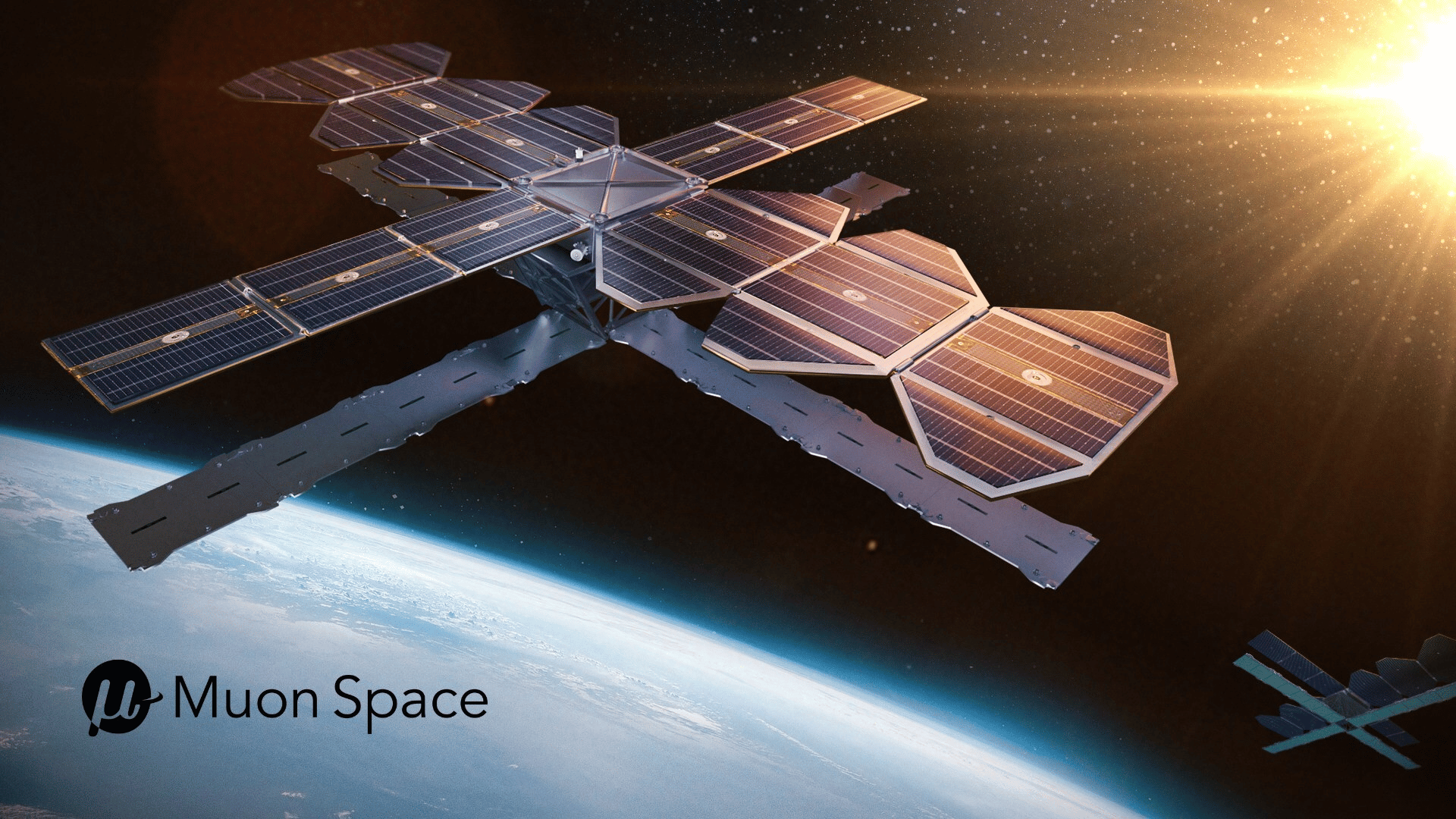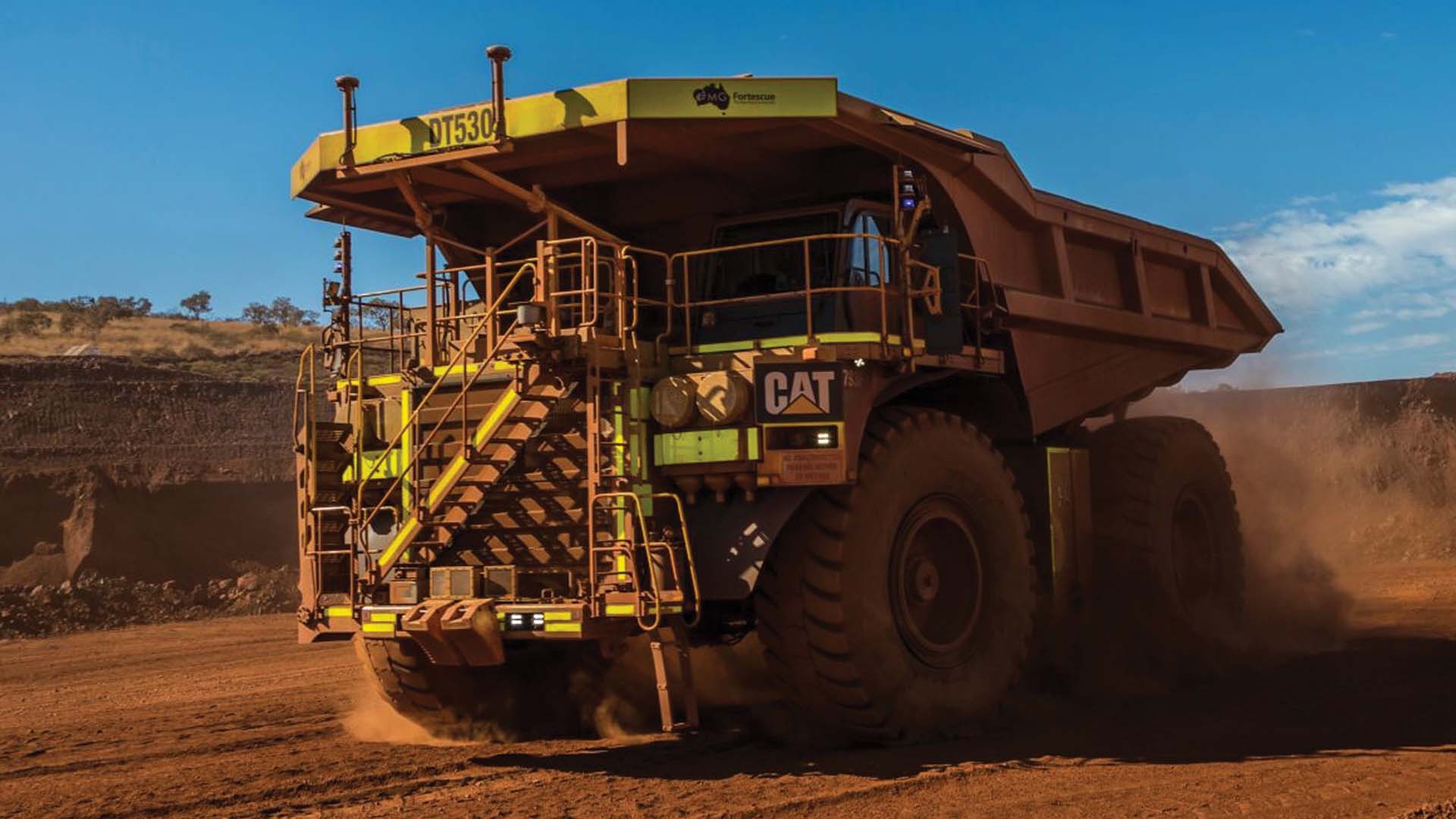Muon Space has unveiled its most advanced satellite platform to date, the MuSat XL—a 500 kg-class spacecraft engineered for high-performance, next-generation low Earth orbit (LEO) missions. Designed to support demanding Earth observation and telecommunications applications, the XL Platform introduces enhanced power, agility, and integration flexibility while maintaining the scalability and cost-efficiency needed for satellite constellations. Leveraging MuSat XL’s capabilities, Hubble will deploy a powerful BLE payload to expand global IoT coverage, enabling low-power, direct-to-satellite connectivity.
Muon Space Unveils XL Satellite Platform, Announces Hubble Network as First Customer
The debut of MuSat XL signals a leap forward in satellite capability, powering Hubble’s global BLE network.
MOUNTAIN VIEW, Calif., Aug. 7, 2025 /PRNewswire/ — Muon Space, a leading provider of end-to-end space systems specializing in mission-optimized satellite constellations, today introduced its most capable satellite platform, MuSat XL, a high-performance 500 kg-class spacecraft designed for the most demanding next-generation low Earth orbit (LEO) missions. Muon also announced its first customer for the XL Platform: Hubble Network, a Seattle-based space-tech pioneer building the world’s first satellite-powered Bluetooth network.

The XL Platform delivers a dramatically expanded capability tier to the flight-proven Halo™ stack – delivering more power, agility, and integration flexibility while preserving the speed, scalability and cost-effectiveness needed for constellation deployment. Optimized for Earth observation (EO) and telecommunications missions supporting commercial and national security customers that require multi-payload operations, extreme data throughput, high-performance intersatellite networking, and cutting-edge attitude control and pointing, the XL Platform sets a new industry benchmark for mission performance and value.
“XL is more than a bigger bus – it’s a true enabler for customers pushing the boundaries of what’s possible in orbit, like Hubble,” said Jonny Dyer, CEO of Muon Space. “Their transformative BLE technology represents the future of space-based services and we are ecstatic to enable their mission with the XL Platform and our Halo stack.”
Enhancing Global BLE Coverage
In 2024, Hubble became the first company to establish a Bluetooth connection directly to a satellite, fueling global IoT growth. Using MuSat XL, it will deploy a next-generation BLE payload featuring a phased-array antenna and a receiver 20 times more powerful than its CubeSat predecessor, enabling BLE detection at 30 times lower power and direct connectivity for ultra-low-cost, energy-efficient devices worldwide. MuSat XL’s large payload accommodation, multi-kW power system, and cutting-edge networking and communications capabilities are key enablers for advanced services like Hubble’s.
“Muon’s platform gives us the scale and power to build a true Bluetooth layer around the Earth,” said Alex Haro, Co-Founder and CEO of Hubble Network.
The first two MuSat XL satellites will provide a 12-hour global revisit time, with a scalable design for faster coverage. Hubble’s BLE Finding Network supports critical applications in logistics, infrastructure, defense, and consumer technology.
A Next Generation Multi-Mission Satellite Platform
MuSat XL is built for operators who need real capability – more power, larger apertures, more flexibility, and more agility – and with the speed to orbit and reliability that Muon has already demonstrated with its other platforms in orbit since 2023. Built on the foundation of Muon’s heritage 200 kg MuSat architecture, MuSat XL is a 500 kg-class bus that extends the Halo technology stack’s performance envelope to enable high-impact, real-time missions.
Key capabilities include:
– 1 kW+ orbit average payload power – Supporting advanced sensors, phased arrays, and edge computing applications.
– Seamless, internet-standards based, high bandwidth, low latency communications, and optical crosslink networking – Extremely high volume downlink (>5 TB / day) and near real-time communications for time-sensitive operations critical for defense, disaster response, and dynamic tasking.
– Flexible onboard interface, network, compute – Muon’s PayloadCore architecture enables rapid hardware/software integration of payloads and deployment of cloud-like workflows to onboard network, storage, and compute.
– Precise, stable, and agile pointing – Attitude control architected for the rigorous needs of next-generation EO and RF payloads.
In the competitive small satellite market, MuSat XL offers standout advantages in payload volume, power availability, and integration flexibility – making it a versatile backbone for advanced sensors, communications systems, and compute-intensive applications. The platform is built for scale: modular, manufacturable, and fully integrated with Muon’s vertically developed stack, from custom instrument design to full mission operations via the Halo technology stack.
Muon designed MuSat XL to deliver exceptional performance without added complexity. Early adopters like Hubble signal a broader trend in the industry: embracing platforms that offer operational autonomy, speed, and mission longevity at commercial scale.
This press release is provided for informational purposes only. TomorrowsWorldToday.com is not responsible for the content, terms, or administration of Muon Space’s promotions. Please refer to muonspace.com for the most accurate and up-to-date information. Tomorrow’s World Today may receive an affiliate commission if you purchase an independently reviewed product or service through a link on our website.







